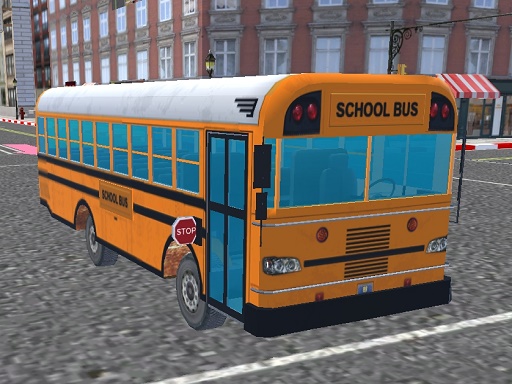
Bus School Park Driver
Popular Games
Last Played
WebGL (Web Graphics Library) is a JavaScript API that enables the rendering of interactive 2D and 3D graphics within compatible web browsers without requiring additional plugins. Based on OpenGL ES, WebGL brings high-performance graphics capabilities directly to the web, allowing developers to create visually rich applications, games, and simulations that run efficiently in a browser environment.
WebGL operates by leveraging the GPU (Graphics Processing Unit) through shader programs written in GLSL (OpenGL Shading Language). These shaders control how vertices and pixels are processed, enabling complex rendering techniques such as lighting, shadows, and textures. The API communicates with the browser’s rendering engine, translating JavaScript commands into GPU-accelerated operations, resulting in smooth and responsive visuals.
Developers can begin using WebGL by writing raw JavaScript code to manage shaders, buffers, and rendering loops. However, many opt for libraries like Three.js or Babylon.js, which simplify the process by abstracting complex WebGL operations into an easier-to-use framework.
A basic WebGL application involves:
While WebGL is powerful, optimizing performance is crucial, especially for mobile devices. Techniques like minimizing draw calls, reusing buffers, and implementing efficient shaders help maintain smooth frame rates.
WebGL continues to evolve with WebGL 2, which introduces advanced features like compute shaders and improved texture handling. As browser support expands, WebGL remains a cornerstone of web-based graphics, enabling richer and more interactive experiences without plugins or proprietary software.
Whether for gaming, visualization, or immersive web applications, WebGL empowers developers to push the boundaries of what’s possible in a browser, making high-quality 3D graphics accessible to everyone.
. Tagged WebGL Games